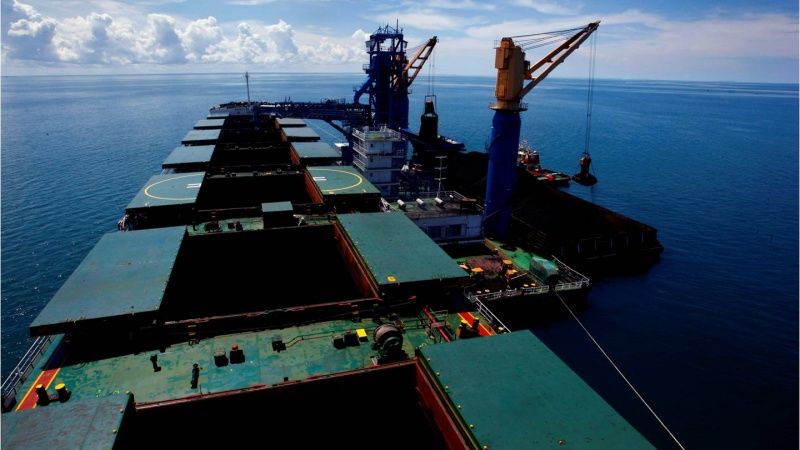Customs authorities around the world are embracing the use of big data and data analytics, a development that creates risk and opportunities for importers and exporters.
Indeed, the World Customs Organization (WCO) has pushed this agenda for several years. In 2016, for example, the WCO’s International Customs Day carried the theme Digital Customs: Progressive Engagement. Customs agencies were urged to adopt the latest technology, and WCO members were invited to use cloud computing, blockchain, and other technologies that could “improve coordination and data exchange mechanisms with other stakeholders, such as other government agencies involved in cross-border movement of goods and the trade community,” according to a report from the World Customs Journal.
The following year, International Customs Day focused on using data analysis to unlock insights from the huge volume of data that customs agencies generate and collect from importers and exporters in their day-to-day operations.
A year later, in 2018, the WCO published draft guidance on the use of data analytics to uncover patterns, associations, and anomalies — and draw practical conclusions — from datasets. “By bringing all the data together from the entire supply chain, Customs can obtain accurate and holistic pictures enabling them to identify trends — understanding who does what along the chain,” the draft guidance noted. “Identifying trends can enable Customs authorities to spot suspicious activities that can lead to detecting frauds (e.g., smuggling of goods, under-invoicing) and identifying counterfeits and other restricted/prohibited goods.”
Download the special report, How Big Data and Data Analytics Will Transform Supply Chains, published by Thomson Reuters ONESOURCE, here.
Now, the European Union has embarked on a three-year project, titled PROFILE, to leverage machine learning, graph-based analytics, and natural-language processing to improve techniques for managing customs risk.
Some of these initiatives include:
- The Netherlands collects pricing information from online marketplaces and compares it with product values declared during the import of e-commerce shipments.
- Belgium is developing a tool to leverage machine learning to establish risk indicators for profiling economic operators.
- Sweden and Norway are upgrading import/export risk assessments at the border.
Customs agencies’ adoption of data analytics, along with the move to electronic filing requirements, is producing information that can be shared between governments more efficiently. This should reduce error rates, shorten time of entry, and improve tax fraud detection, and provide threat prevention needs assessment for heightened security.
Faster, deeper insight into customs filings though the application of data analytics also could increase the likelihood and volume of customs audits for multinational corporations and other importers and exporters. As a result, companies that lack the analytical tools that Customs agencies are deploying may be at a disadvantage.
In a recent special report, How Big Data and Data Analytics Will Transform Supply Chains, published by Thomson Reuters ONESOURCE, many of these issues for corporations and importers/exporters were addressed. “The three biggest benefits for using big data within supply chains are traceability, relationship management (e.g., better customer service), and forecasting/predictability,” the report states. “The benefits of traceability are obvious. Knowing where your goods are located at any point of the supply chain, being able to predict or be notified of supply chain disruptions, and having contingency plans to address these issues have an enormous impact on profitability, resource planning, and customer satisfaction.”
Other takeaways from the special report include:
- Multinational corporations’ use of these technologies is growing as they face pressure to increase profit margins and shorten order-to-delivery cycles. The research firm Gartner recently reported 2019 sales of $24.6 billion in the business intelligence and analytics market, an increase of nearly 50% over three years.
- There are numerous ways data analytics can improve supply chain efficiency: validating data; detecting anomalies; benchmarking operations; allowing for mobile reporting and visibility into global logistics’ offering real-time route optimization, improved demand forecasts, and inventory management; and providing for responses to government audits.
- The power of artificial intelligence (AI) to assist in supply chain planning became clear during the COVID-19 epidemic. “Healthcare and aerospace companies tasked with ensuring timely delivery of critical medical supplies leveraged AI to quickly modify shipment plans to minimize delays and service failures,” the report notes. “Airspace Technologies was one of the first logistics providers in this time-critical space to implement a breakthrough AI-powered platform that enabled them to swiftly adjust operations without interruptions to their 24/7, 365-days-a-year services.”
- Progressive companies are focused on prescriptive analytics to address opportunities and problems identified through predictive analytics. Gartner reports that the prescriptive analytics software market will reach $1.88 billion by 2022, representing a 20.6% compound annual growth rate from 2017. “Analyzing current data sets for patterns,” the Thomson Reuters report says, “prescriptive analytics evaluate the possible outcomes of the multiple courses of action. This not only provides decision-makers with multiple options on how to address the issue but also the hypothetical impact of each option.”
At the same time, data analytics can reduce mundane, manual tasks and enable global trade teams to focus on strategic planning, deliver tangible benefits to their companies, and keep up with increasingly tech-savvy customs agencies.







